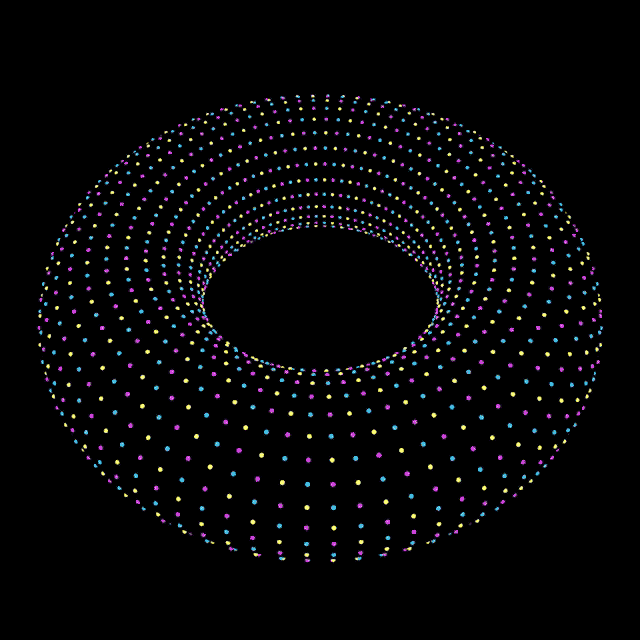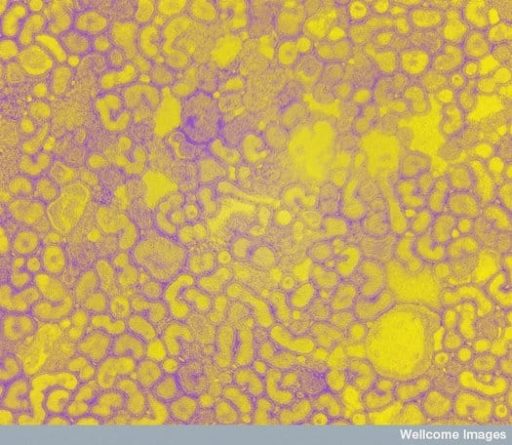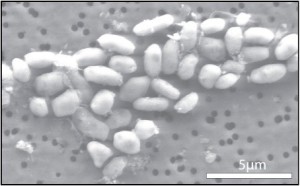Science and technology are deeply inter-related with each other. Although prediction is more of an art than a science, based on science and technology scientists and researchers have been predicting new devices or new technology. In the current world as both the technology and science have advanced tremendously and these two will be advancing continuously, so what new things we may see in near future? According to scientists and researchers, in near future we may see digital tattoos and mind-reading headphones!
In the 1950s, scientists and technologists envisaged that by now, the world would be free from disease, traversed by flying cars, and fueled by minerals from distant planets. Unfortunately, such visions have not come to pass yet. But around 10 years ago, some scientists and researchers predicted that by now we would have 3D-printed technology. And the truth is we really have 3D-printing technology now and a tech enthusiast has created world’s hardest Rubik’s cube through 3D printing.
Marcus Fairs, editor-in-chief of influential design magazine Dezeen thinks, over the next decade the most high-impact developments will be primarily in the areas of manufacturing and wearable technology. He believes these technology will come along with 3D printing technology. In fact Fairs believes that the future could well be defined by objects almost disappearing entirely. On the other hand, Deyan Sudjic, the director of the Design Museum in London believes, the future of design is about how well an object fulfills its function, not just its aesthetic qualities.
But according to Ross Lovegrove, an industrial designer, the future of technology requires complete understanding of material structure. Materials need to be understood “at a deep scientific or nano level” and “once you get to that level and understand … you can reconstitute anything.”
Professor Miles Pennington, Head of the Innovation Design Engineering program at the Royal College of Art in London, thinks we are on the brink of huge technological change and he has predicted that the next decades will bear witness to significant change. He said, “We are within 20 years of developing an artificial brain capable of matching our own … Material developments in the nanotech field are starting to bear fruit … (and so is) the field of synthetic biology, which can produce artificial muscle.”
Though it might not possible to distinguish genuine technological contenders from those that will only ever be the realm of science fiction, Pennington has suggested that he’ll be able to “answer that question in 50 years’ time.”
Well the story might remained incomplete, but some how their speeches indirectly indicate that, with the help of advancing science and technology, no sooner than later digital tattoos and mind-reading headphones will be made for sure.
Source: CNN
[ttjad keyword=”headphones”]




